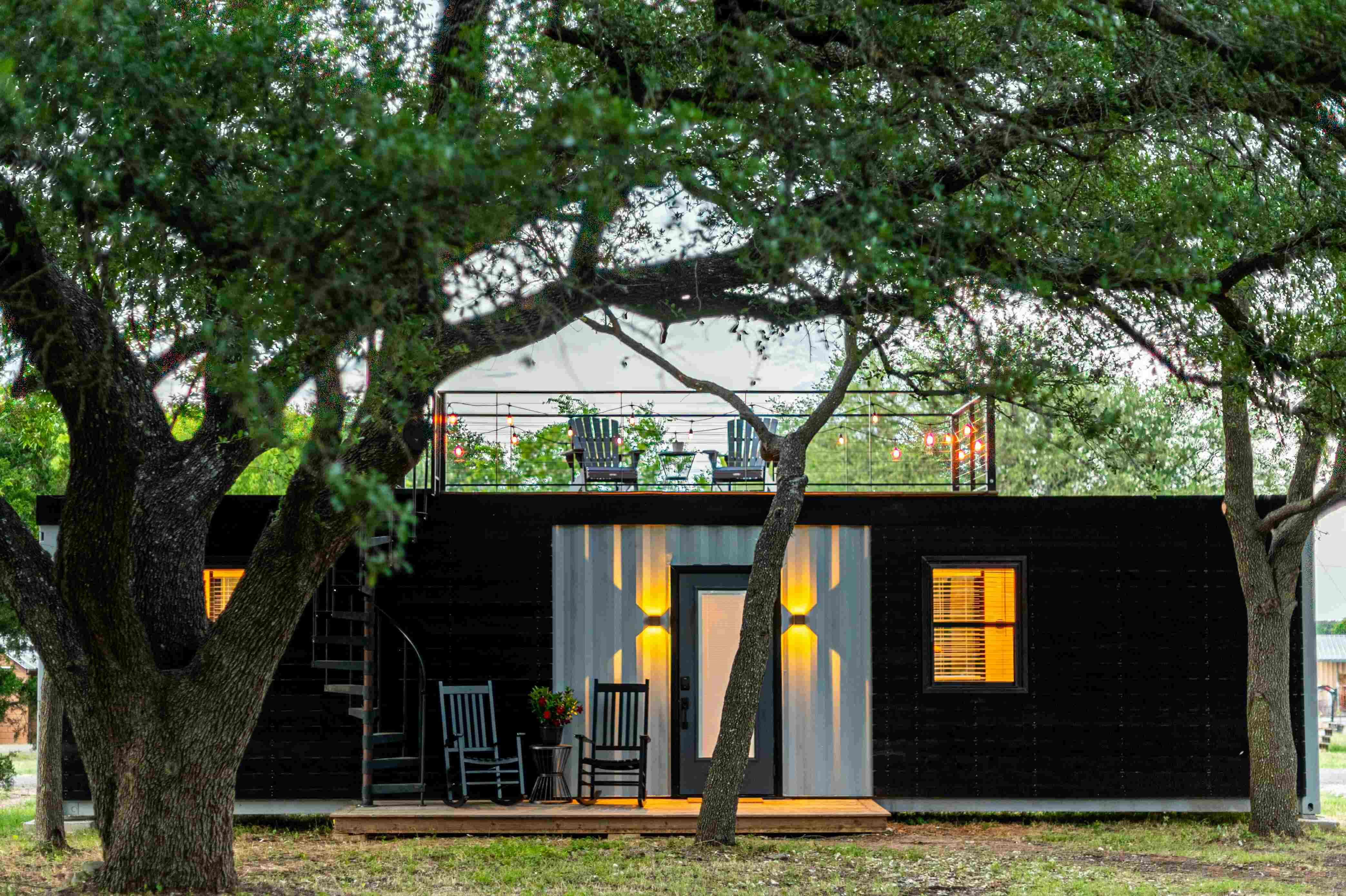

Quality Guarantee


Delivery in 2-5 business days
Proud member of


5.0 Stars on Google Reviews
Shipping container homes offer an innovative and often cost effective alternative to traditional housing, leading many to consider them a viable option when building a home. However, the legality of doing this can vary greatly depending on the location you’re in. This article is going to take a look at which US states allow shipping container homes and what factors may influence where you can put a container home.

Added: 31/07/2024
The good news is there’s no states where container homes are completely banned, instead it’s generally up to local laws and restrictions. For people wanting to live in a shipping container there are some states which are considered friendlier to the concept, including Florida, Texas, California, Michigan and Colorado.
Just because container homes are legal in a certain state doesn’t mean you can build one anywhere in any way you like. Here are some of the key factors that influence what you can and can’t do.
One of the primary factors that influences whether or not you can build a shipping container home is local building codes and zoning laws.
Urban areas tend to have more stringent regulations due to higher population densities and concerns about aesthetics and infrastructure. For instance, cities like San Francisco and New York City have strict building codes and zoning regulations that make it challenging to get approval for shipping container homes. In comparison, rural areas often have more lenient rules, as seen in parts of Michigan and Texas.
Some regions have adopted a more flexible approach to building codes in order to accommodate alternative housing solutions. States like California, that are known for their progressive stances on sustainable living, tend to be supportive of people living in shipping containers provided they meet the relevant building codes and zoning requirements.
In many cities and historic areas shipping container homes face design restrictions. These restrictions provide guidelines that ensure new constructions blend in with the existing architectural styles of the neighborhood. Some states like Florida also require shipping container homes to be designed and built by a licensed engineer or architect.
Health and safety considerations are a crucial part of any building project and shipping container homes must meet the same health and safety standards as traditional houses.
Modifications to the shipping container, including cutting windows and doors, must be done in compliance with safety standards. Some states also require additional engineering inspections to ensure these modifications do not compromise the container’s structural integrity. Other things that can be regulated include insulation, waterproofing and ventilation.
Obtaining the necessary permits and approvals is another critical step in building a shipping container home. The process can vary based on location, but generally you need permits for building, electrical, plumbing, and sometimes even land use. How easy or hard it is to get these permits depends on the state and how supportive the local bureaucracy is of people living in shipping containers.
After obtaining the correct permits, your shipping container home will need to pass various inspections to ensure it is compliant with local codes. This process ensures that the home is safe and meets all regulatory requirements.
Building a shipping container home in the United States requires people to navigate a diverse range of regulations. As a result, having a good understanding of what’s expected in the state you want your container home to be in, can help to prepare you for the permit processes, design considerations, and compliance requirements.